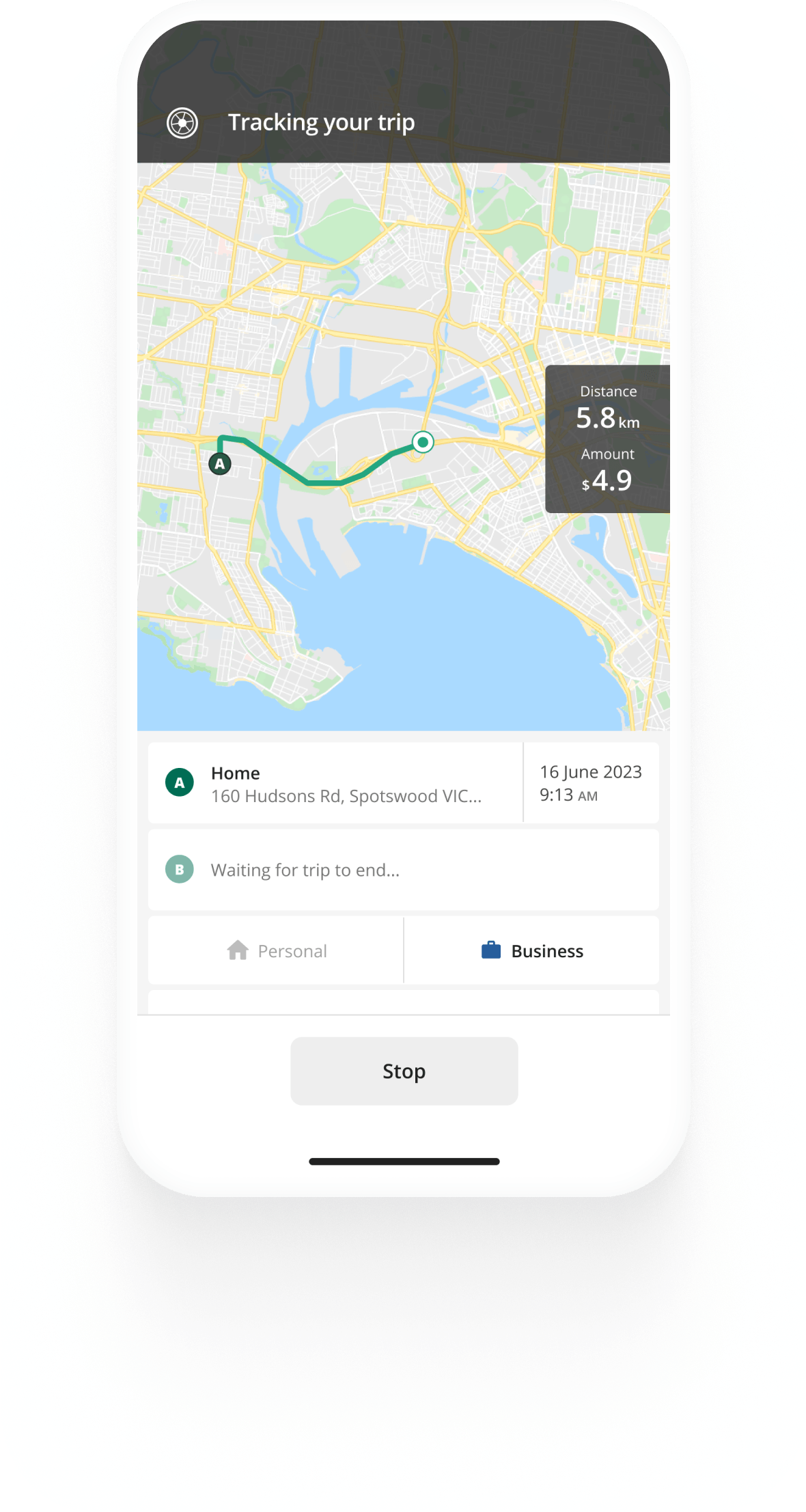Track mileage automatically
Get started.svg)
Claiming Motor Vehicle Depreciation from the ATO
When using your vehicle for work purposes, you record expenses such as fuel and maintenance that you can use to claim a tax deduction. However, a major cost that is often forgotten is motor vehicle depreciation.
How to claim vehicle depreciation
As your car gets older and its mileage increases, its overall value falls, which means that as an asset, it is worth less than it was when you bought it. This drop in value is captured by the depreciation of your motor vehicle.
To claim vehicle depreciation, you must first record the purchase price or book value of your car, the number of years it will be useful and the expected value of the vehicle at the end of its effective life. Once you have determined these values, you can calculate your motor vehicle depreciation rate.


Kilometre tracking made easy
Trusted by millions of drivers
Automate your logbook Automate your logbook

Automatic mileage tracking and ATO-compliant reporting.
Get started for free Get started for freeMethods for calculating motor vehicle depreciation
The most common methods for motor vehicle deprecation are the straight-line method and the diminishing value method.
The total amount of depreciation is the same over the lifetime of the vehicle, however, with the diminishing value method, most of the depreciation occurs earlier in the vehicle’s life, which may more accurately reflect the actual value of the vehicle at any given time during its effective life.
If you use the straight-line method, you will claim equal sums of depreciation for the duration of your vehicle's lifetime.
Assume you purchased a car for $50,000 with an expected useful life of five years and based on market values, it would have a value of $20,000 in five years. You would depreciate the car by $30,000 over the five-year period, which using the straight-line depreciation method, would equal $6,000 of depreciation on the motor vehicle per year.
Claiming motor vehicle depreciation on your tax
There are two ways in which you can claim the depreciation on your motor vehicle: the cents per kilometre method or the logbook method.
Only one method may be used at any given time, so you can’t use a combination with cents per kilometre for fuel and then also apply depreciation.
Whichever method you use, you will need to record your business-related kilometres. We recommend using a logbook app which will record your kilometres automatically.
Using the cents per km method
The cents per kilometre method allows a deduction of 88 cents for the 2024/2025 financial year with a maximum of 5,000 kilometres. The cents per kilometre method already includes fuel, maintenance and decline in value of the vehicle, so you don’t need to calculate the motor vehicle depreciation separately.
Using the logbook method
You must keep records of all of your expenses, such as fuel and maintenance, and also calculate your motor vehicle depreciation rate. You then apportion the business percentage of the total cost of owning and running your car. Only the business component may be used as a tax deduction.
How much depreciation can I claim on my car?
The ATO has imposed a car limit which is the maximum amount that can be used as a tax deduction and depreciation. For the 2024/25 financial year, the car limit is $69,674.
You may be eligible for instant asset write-off, which allows you to write off the entire value of the vehicle in the same year it was purchased. Refer to the ATO website to find out more about instant asset write-off.
See the ATO rules on what you should record in your logbook for the cents per km and the logbook methods in our ATO car log book requirements guide.
The ATO also has a depreciation and capital allowances tool that you can use to calculate your motor vehicle depreciation.
FAQ

Tired of logging mileage by hand?
Effortless. ATO-compliant. Liberating.
Latest posts
- Hiring Employees as a Sole Trader
- How to Write Off a Car for Business in Australia
- Employers' Guide to FBT-Exempt Benefits
Related posts
ATO Mileage Guide
25 June 2024 - 5 min read
Learn about the rules of reimbursing employees for their car expenses or deducting expenses as an employee or self-employed individual.
Hiring Employees as a Sole Trader
15 April 2025 - 5 min read
How to hire employees as a sole trader in Australia and the main obligations and considerations in doing so.
How to Write Off a Car for Business in Australia
15 April 2025 - 2 min read
Don't miss out on writing off a car for business - it may be the largest deduction you can claim as a business owner. See the 2024/25 ATO rules.

.svg)
.svg)